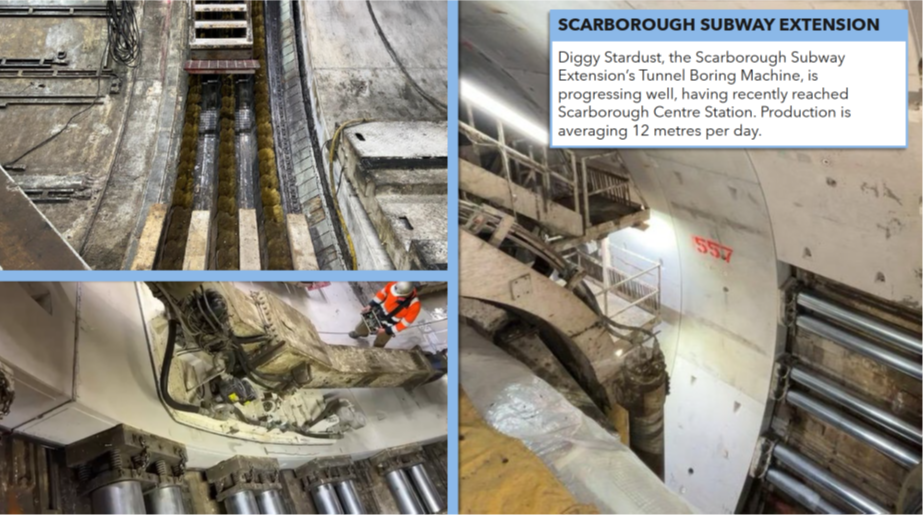Why I voted against the plan for full stead ahead six-plexes?
Much has been said about a city council vote last week that slows down the push towards more and more multiplexes in what has been traditionally stable residential neighbourhoods of bungalows and two-storey homes.
I fully support the city’s efforts to ramp up the building of new and affordable homes in the region. This is a critical need for a city that has priced too many residents out of the local market, even as another 850,000 people are expected to come to Toronto by the year 2051.
With that in mind, I voted with city council the last two years to remove some of the hurdles and obstacles that retard growth and discourage home builders from investing in the industry.
But the quick push to allow a property owner to routinely convert a single bungalow or two-storey home into SIX units — as-of-right, without the need for planning approvals, and do so without a basic requirement to provide parking for those units – is a bridge too far.
So, I joined the majority of councillors last week in rejecting the plan for full steam ahead Six-plexes.
The council compromise vote allows the Six-plex plan in the downtown Toronto and East York wards and in Ward 23 in Scarborough, where a pilot project is underway. For the rest of the city, the approach is to move more cautiously as we assess the impact of the new, more hands-off home building regime.
Individual wards can opt in, as the councillor and ward residents become comfortable and confident that the changes don’t spark chaos or nightmarish outcomes.
Some see the council vote as a watering down on the housing policy; I see it as prudent and practical.
The ink is barely dry on the policy allowing four-plexes. Staff have not presented multi-year data showing its impact on livability, infrastructure and affordability. Are we simply allowing existing property owners the ability to make millions of dollars – without increasing the housing stock of affordable homes?
How is this impacting our infrastructure – especially in areas where we know basement flooding is prevalent? Is our multi-plex plan intelligent and flexible enough to address such areas of concern?
Not yet, in my view. And, as such, I voted to put the brakes on this until we have data and experience and analysis and evaluation of the concept.
Housing development patterns show mid-to-high-rise development clustered in dense downtown, in some suburban areas, but very sparse development density in single-family neighbourhoods.
The city’s housing strategy has targeted the low density neighbourhoods as appropriate for higher density. This particular strategy is intended to deliver more affordable housing units in the traditional highest cost single family residential neighbourhoods.
The road to six-plexes can be traced back to allowing basement apartments in single family homes. City Council upped the ante by allowing laneway sites, garden suites, and finally, in 2023, four-plexes as of right on residential properties. Now it is Six-plex.
While the previous steps took decades each, the move from 4-plex to 6-plex is likely too hastily done, without sufficient data and base of experience knowledge from the impact of 4-plexes.
Council approval of 4-plexes was a revolutionary step worthy of praise. A housing crisis necessitated bold actions – maybe even risky ones. No one knew/knows for sure how 4-plexes will affect one of the most enduring and defining features of Toronto, the City of Neighbourhoods.
And just as we are starting the analysis, here comes a recommendation that we take what can only be characterized as a reckless step.
Let’s slow this down a little bit, fuel the demand for multi-plexes, analyze the impact, and make an intelligent decision on how many units is most appropriate and appealing.






